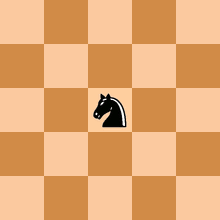A magic square is said to be normal if the integers filling the boxes are the consecutive integers from 1 to n2. The sum, S, of the rows (columns and diagonals) for a normal magic square is given by the formula: S = n(n2+1)/2
The normal 4x4 magic square below was created in 1514 by Renaissance artist Albrecht Dürer in his engraving titled Melencolia I.
This square has many amazing and intriguing properties. The sums of each of the rows, columns, and diagonals is 34 (as expected from a normal 4x4 magic square). However, notice that the bottom two central numbers are 15 and 14, i.e., the year the engraving was made, 1514. The numbers in the bottom left and right corners, 4 and 1, correspond alpha-numerically to the engraver's initials A.D.!
Additionally, the sum of the four corners (16+13+1+4), the sum of the middle 2x2 square (10+11+6+7), the sum of the middle two entries of the two outside columns and rows (5+9+8+12) (15+14+3+2), are all equal to 34.



